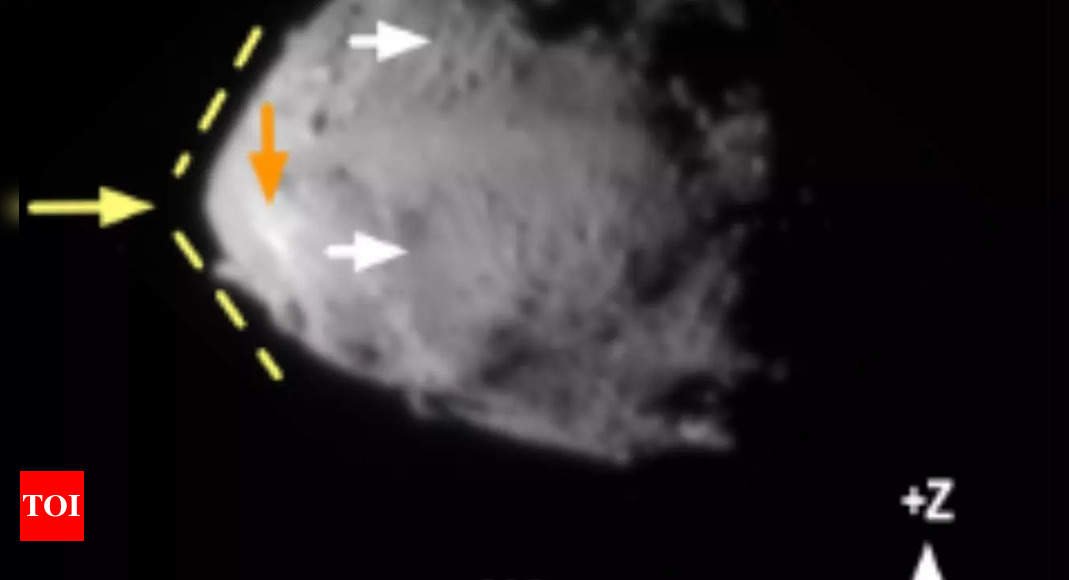
Nasa’s DART asteroid unlocks complex history of twin space rock targets; see pics
-
by Anoop Singh
- 22
Dimorphos, the smaller companion asteroid, has a surface covered with rocks of various sizes, although Dimorphos lacks significant cratering, it features several cracks or “faults” across its surface.
After the groundbreaking planetary defense experiment conducted last year researchers have analysed data gathered by the mission. The high-resolution photographs have allowed researchers to piece together the intricate past of these two rocky objects, which are situated relatively close to Earth.
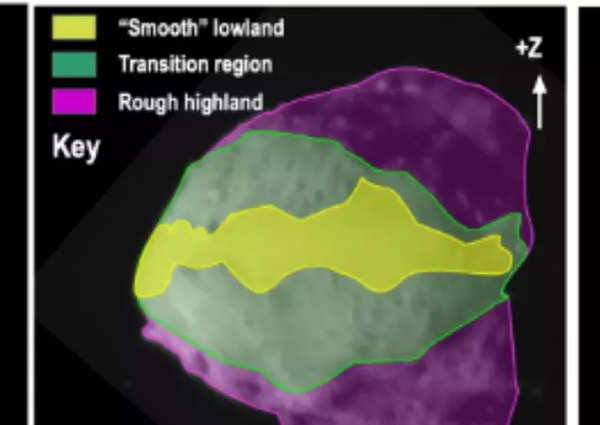
The images have also provided valuable information about how binary asteroid systems, consisting of a main asteroid and a smaller moonlet revolving around it, come into existence.
The DART spacecraft captured images of the near-Earth asteroids Didymos and Dimorphos before impacting Dimorphos on September 26, 2023. These images, along with data from the Light Italian Cubesat for Imaging of Asteroids (LICIACube) mission, allowed researchers to study the geological features and physical properties of the two asteroids.
DART, which stands for “Double Asteroid Redirection Test,” only impacted the smaller body in this double-asteroid binary system, the moonlet Dimorphos, which orbits the larger space rock Didymos. Still, the aim was to see what influence such an impact would have on both bodies. The data collected during this successful mission could help scientists better plan a planetary defense mission to divert an asteroid on a collision course with Earth, Space.com reported.
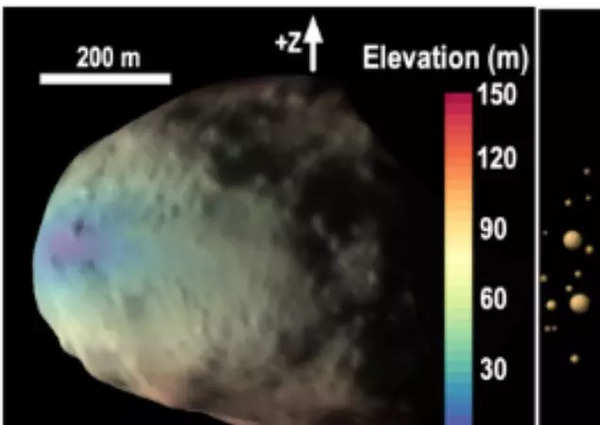
According to Nasa: “These findings give us new insights into the ways that asteroids can change over time,” said Thomas Statler, lead scientist for Solar System Small Bodies at NASA Headquarters in Washington. “This is important not just for understanding the near-Earth objects that are the focus of planetary defense, but also for our ability to read the history of our Solar System from these remnants of planet formation. This is just part of the wealth of new knowledge we’ve gained from DART.”
Olivier Barnouin and Ronald-Louis Ballouz from the Johns Hopkins University Applied Physics Laboratory and his team focused on analysing the surface of Didymos, the larger asteroid.
They discovered that Didymos has a rough surface at high elevations, characterized by large boulders ranging from “33 and 525 feet (10–160 meters) long” and numerous craters. In contrast, the lower elevations of Didymos exhibit a smoother surface with fewer large rocks and craters.
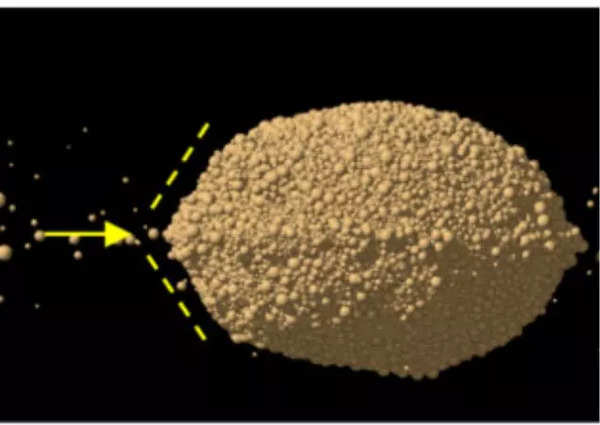
“The images and data that DART collected at the Didymos system provided a unique opportunity for a close-up geological look of a near-Earth asteroid binary system,” said Barnouin.
“From these images alone, we were able to infer a great deal of information on geophysical properties of both Didymos and Dimorphos and expand our understanding on the formation of these two asteroids. We also better understand why DART was so effective in moving Dimorphos,” Barnouin added.
Based on their findings, Barnouin and colleagues concluded that Dimorphos likely formed from material ejected from Didymos, which then coalesced under the influence of gravity.
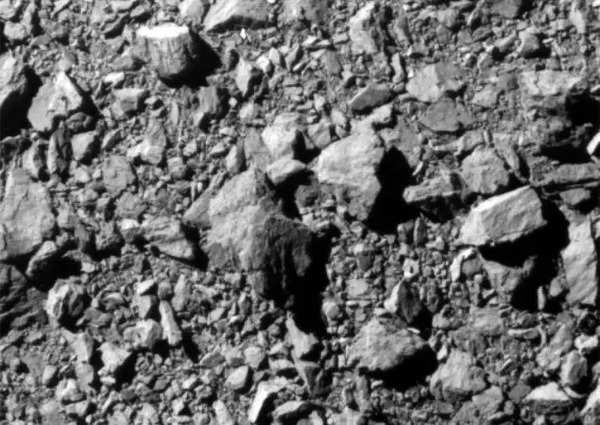
The team employed a method of counting the craters present on the surfaces of the two asteroids to estimate their respective ages. By analyzing the crater data, they concluded that Didymos, the larger asteroid and parent body, has an age of approximately 12.5 million years.
Dimorphos is significantly younger, with an estimated age of about 0.3 million years.
Nasa‘s DART spacecraft captured detailed images of the asteroid Dimorphos and its companion Didymos moments before the spacecraft deliberately crashed, to gain new insights into the target asteroids, Didymos and its smaller companion, Dimorphos.Dimorphos, the smaller companion asteroid, has a surface covered with rocks of various sizes, although Dimorphos lacks significant cratering, it features several…
Nasa‘s DART spacecraft captured detailed images of the asteroid Dimorphos and its companion Didymos moments before the spacecraft deliberately crashed, to gain new insights into the target asteroids, Didymos and its smaller companion, Dimorphos.Dimorphos, the smaller companion asteroid, has a surface covered with rocks of various sizes, although Dimorphos lacks significant cratering, it features several…
